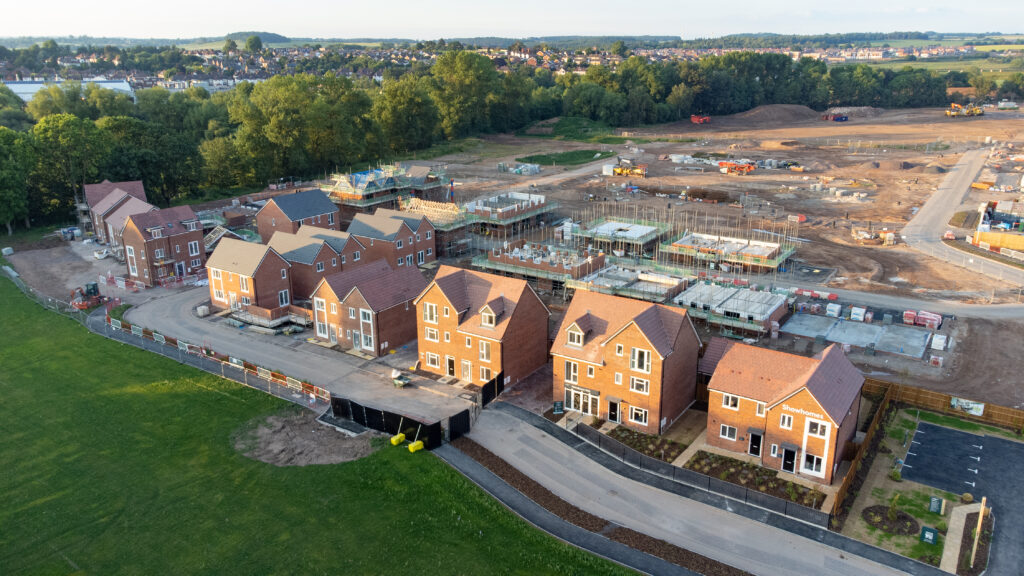
The uncertainty in the markets left many developers in pause mode as we reached the end of an eventful year, and they continue to work hard to manage costs in an inflationary environment. Headwinds from interest rates have not helped but for many developers finance costs have remained manageable with the focus moving to the performance of the housing market. Slower sales driven by market uncertainty will likely weaken the number of new planning approvals in 2023 and indeed an 8% reduction is forecast by Glenigans, before a likely recovery expected in 2024.
On the policy side, the government has decided not to progress the investment-zones policy following more than 600 applications from local authorities. Furthermore, the Department for Levelling Up Housing and Communities has also scrapped the 300,000 units per year housing target, which has become advisory rather than mandatory for LPAs. This has proved controversial in an environment of continued strong demand for housing. It remains to be seen if the 244,000 new homes achieved in 2022 will be maintained this year.
Construction costs
The latest ONS housing construction cost figures for the third quarter show an annual increase of 10.5% and an increase of 0.5% in the last month. However, fears of a second wave of significant construction inflation have subsided and developers on the ground are generally reporting a stabilization in costs. Materials such as ironmongery and other fit-out materials imported from Europe continue to increase and have longer order times. Looking ahead, a stabilization in costs is likely but with pockets of inflation in goods requiring high energy input in manufacture likely to remain under pressure. For example, Forterra a leading brick supplier in the UK, has already indicated that they will have to increase prices this year.
Housing Market
The impact of the increase in the Bank of England base rate was felt in November as mortgage providers adjusted their retail rates accordingly. Average annual house prices fell according to the latest Halifax figures to 4.7% for the year to November, representing a monthly reduction of 2.3%. Although not as severe as some were predicting, the economic headwinds have taken their toll following stronger growth earlier in the year. The effect of higher mortgage costs and more stringent controls on affordability from mortgage providers has contributed to a reduction in the number of mortgage approvals by 10.6% in October. This has had an impact on sales programs for existing schemes for our clients but for the time being sales have generally been maintained. Nevertheless, the long stop dates for mortgage offers already in place continue to play an important factor in some schemes.
On a positive note, several developers that we are working with seem undeterred by these figures and are already planning their next schemes this year on sites already acquired. They have indicated that the need to maintain existing labour forces is key to their business models as the skills shortage, although easing slightly in November/December, persists. Although challenging times are ahead, the dynamics of the market are changing, and developers will be reacting to this going forward. For example, build to rent, affordable housing and the health market all remain interesting areas. Nevertheless, one underlying factor is that housing scarcity remains a feature in the marketplace and the change in dynamics due to mobility of labour and change in working practices could present opportunities on a regional basis. At Assetz Capital we look forward to working with developers in 2023 to take advantage of these opportunities, despite the changing economic environment.
If you would like to discuss your development plans for next year or any topic further, please call me on 07786 628913 or email [email protected] to see how we could help.



